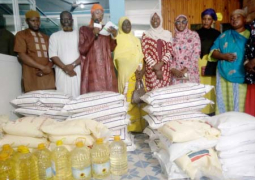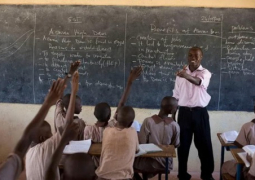The GEF-6 project is a five-year pilot project amounting to US$5.6 million for the implementation of the GEF-6 land/seascape planning and ecosystem restoration.
The inception, held at the Kairaba Beach Hotel was attended by various district authorities, government official, staff of NEA, Park and Wildlife, Ministry of Environment and Department of Forestry among others.
The project is set up on the basis of a cooperation agreement with the United Nations Environment programme (UN agreement). By its design on a participatory and inclusive approach, the stepping stone of its intervention strategy and will place particular emphasis on the integration of the gender dimension.
The objective of the project is to create an enabling environment for The Gambia in building national capacity to lead the reform of land use and marine spatial planning policies and to implement land/seascape level management that conserves ecosystem services in productive and protected land/seascape.
The project is also expected to contribute to the removal of barriers to sustainable land management, biodiversity management, and integrated natural resources management in the Gambia.
Babucarr Zaidou Jallow, director Central Project Coordinating Unit at the Ministry of Environment in deputising his minister, said the project is meant to improve ecosystem service and livelihood, expand and effectively manage protected areas.
He said the seminar could not be held before the start of implementation of project activities due to covid-19.
According to Mr. Jallow, they are currently in GEF funding cycle 7, which is largely limited to the Kuntaur Area Council in the Central River Region, as a pilot.
He said it is aimed at enhancing capacity for the planning and implementation for policies and programmes that benefit sustainable land and seascape management.
The project is expected to improve planning and enforcement system adopted by at least three districts in the Kuntaur Local Government Area and to identify and address causes of land degradation and biodiversity loss.





